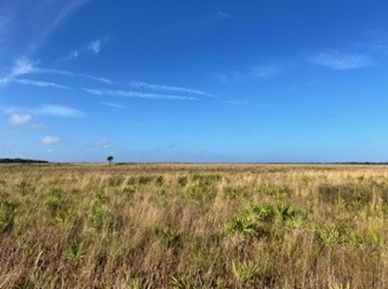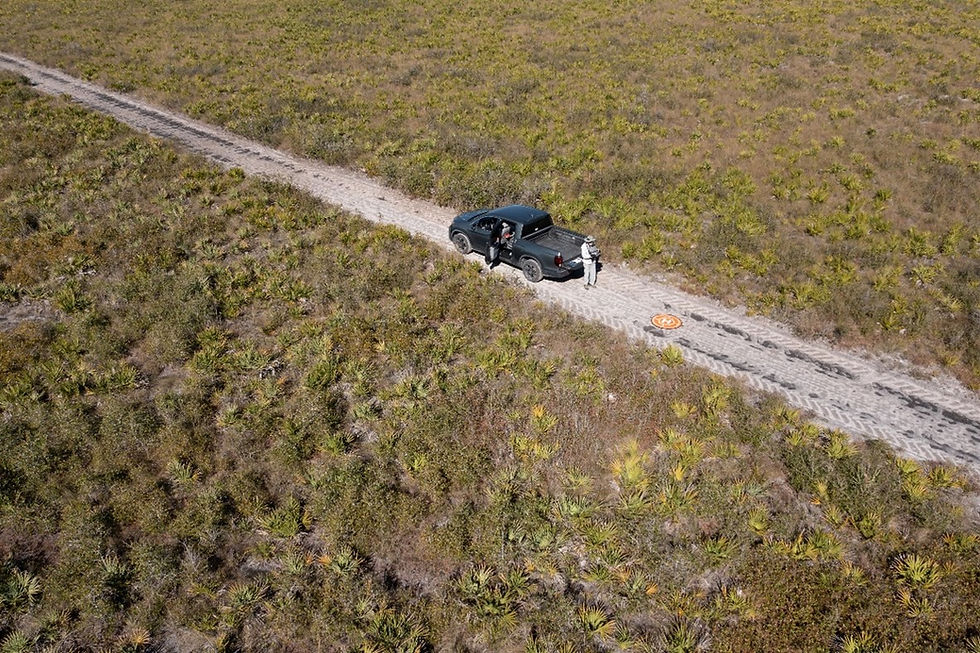The Effects of Mechanical Removal of Saw Palmetto on Ground-Nesting Birds
- Jeff Howe
- Aug 13
- 2 min read
Changes in fire regime and hydrology can affect the animal and plant composition of disturbance-maintained ecosystems such as the Florida dry prairie. Composed of an herbaceous plant community, this ecosystem depends on frequent fire for proper maintenance. A reduction in the naturally frequent fire regime (1-3 years) is associated with an increase in the height and density of saw palmetto (Serenoa repens). Once a high density of saw palmetto becomes established, the return of a natural high-frequency fire regime is insufficient to restore the dry prairie ecosystem to its original state; thus, both the animal and plant communities change. Modifications in the Florida dry prairie plant community may be associated not just with changes in vegetation structure, but with changes in arthropod and vertebrate communities. These changes have the potential to affect the foraging behavior and nest predation rates of ground-nesting birds such as the endangered Florida grasshopper sparrow (Ammodramus savannarum floridanus; FGSP), which is endemic to the Florida dry prairie.
In 2021, the Florida Fish and Wildlife Conservation Commission (FWC) initiated a study at Three Lakes Wildlife Management Area (TLWMA) to evaluate changes in plant communities and the occupancy, abundance, and nesting productivity in the FGSP, Bachman’s sparrow (Peucaea aestivalis), and eastern meadowlark (Sturnella magna) in TLWMA. The study area consisted of a series of control (burned on a 2–3-year rotation) and treatment (roller-chopped once and burned at the same interval as the control areas) areas.
For the past five years (2021-2025), Jeff Howe has assisted FWC researchers in creating and conducting 12 (years 2021 and 2022) and 18 (years 2022-2025) aerial surveys within both control and treatment areas, collectively. Using a DJI Mavic 2 Pro drone and the Pix4D Capture Pro application, all aerial surveys were conducted at an altitude of 250 feet based on FWC’s needs regarding resolution and ground sampling distance. Based on topography and established fire breaks in TLWMA, the 18 control and treatment areas varied in size from 5.2 to 6.3 acres.
FWC researchers will use the aerial images to create 2D orthomosaic images of each control and treatment area and to determine the density of saw palmetto. Study-related reports are expected by the end of 2025 or early 2026.








Comments